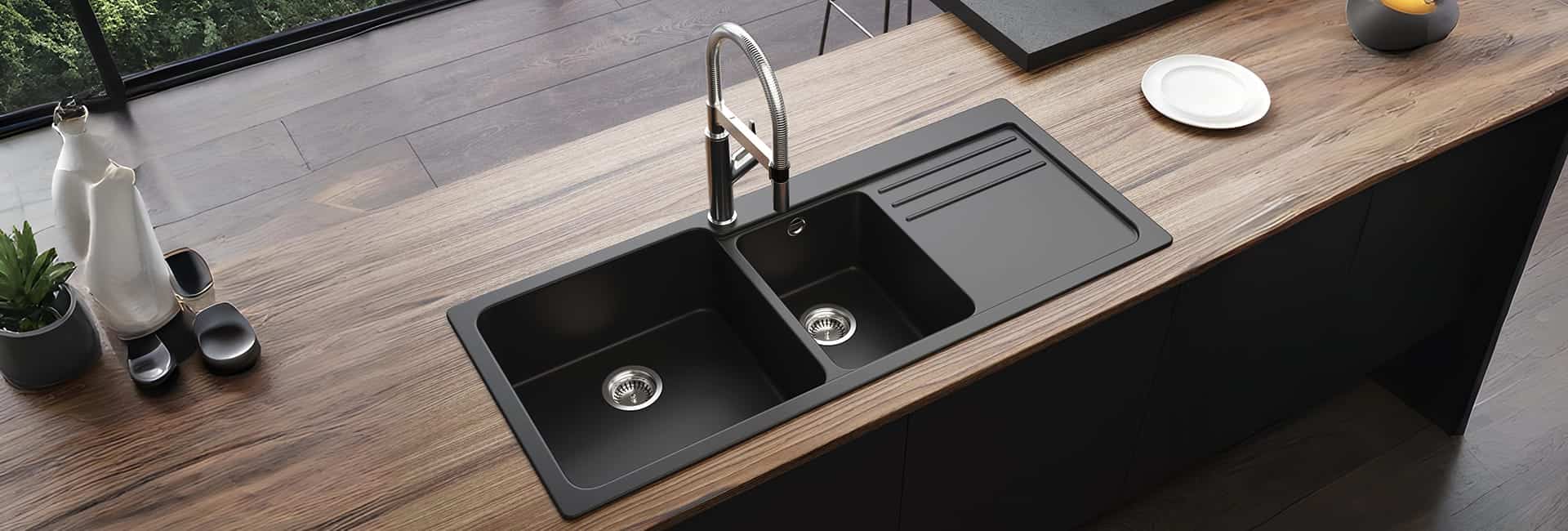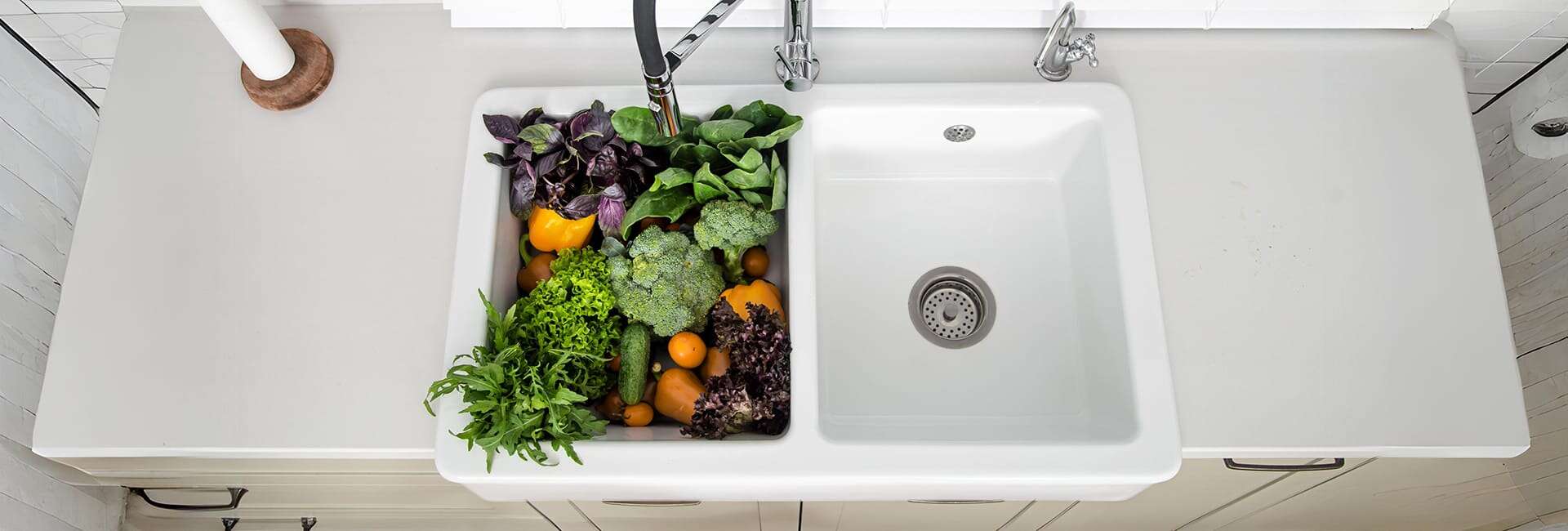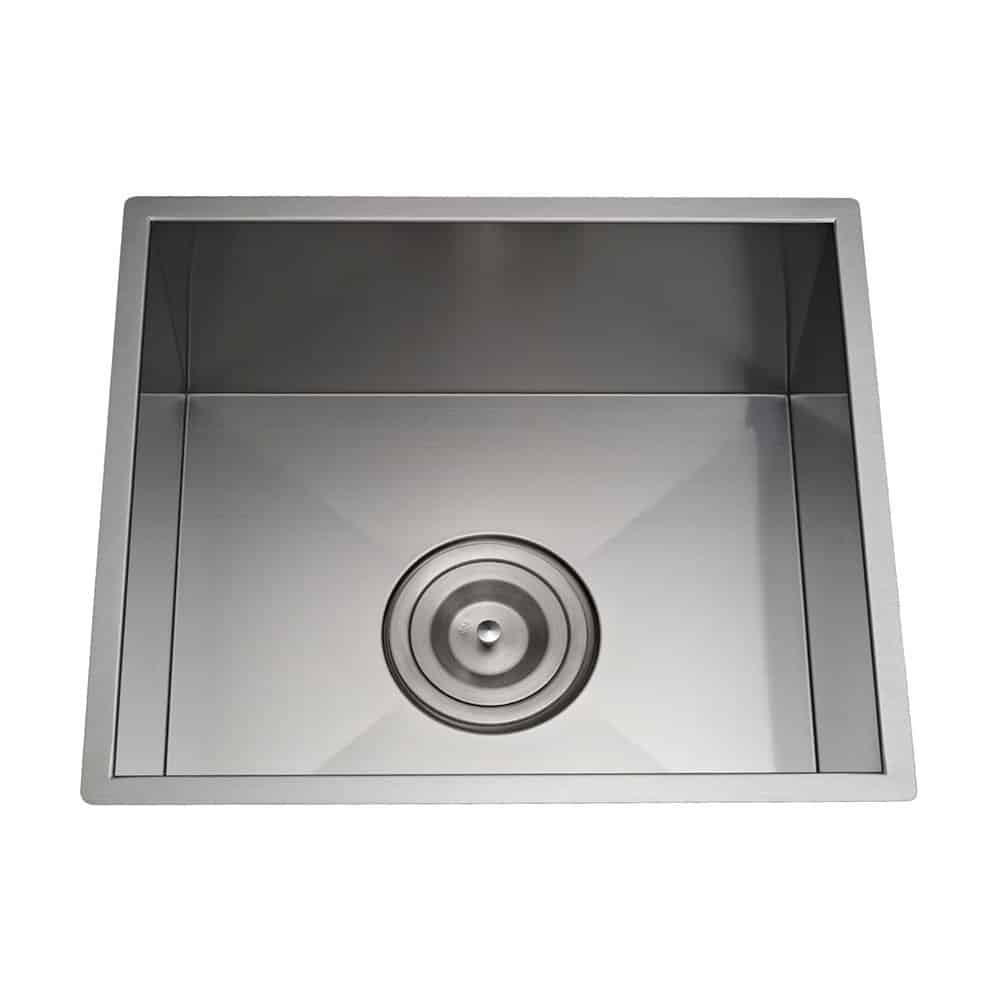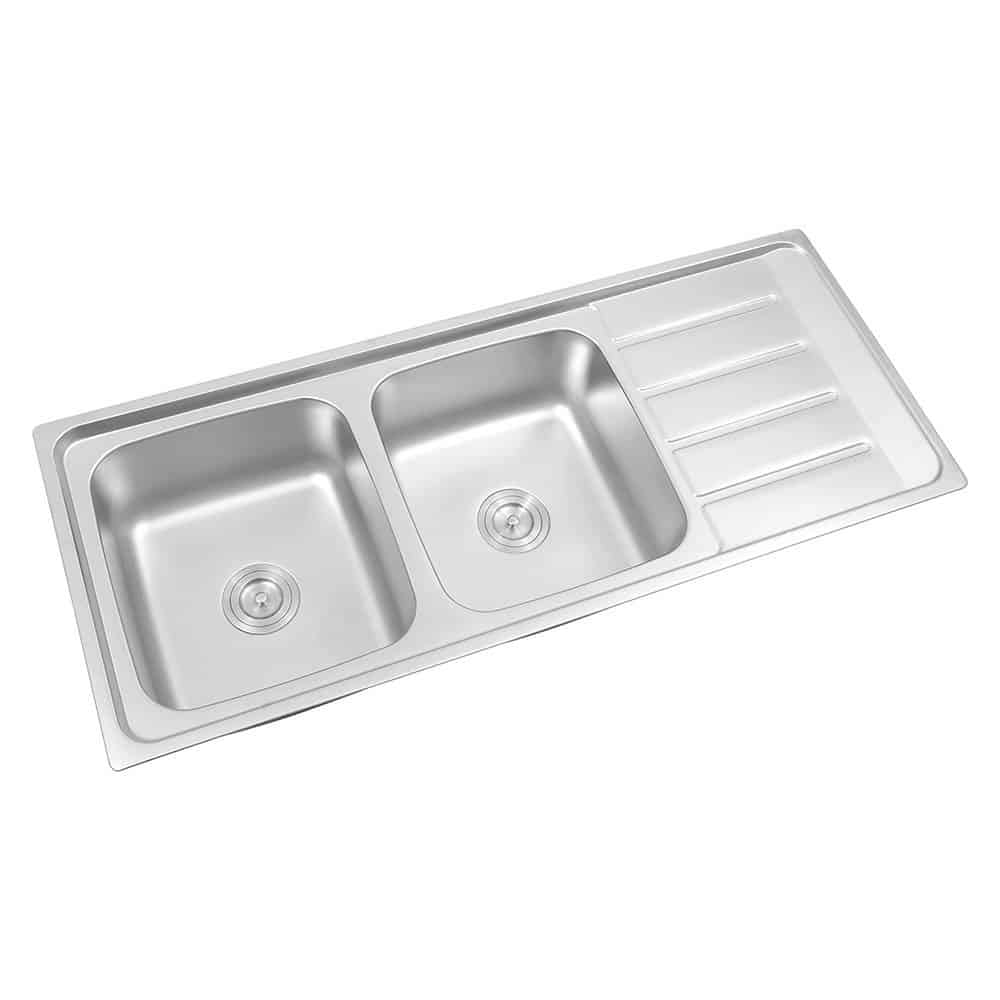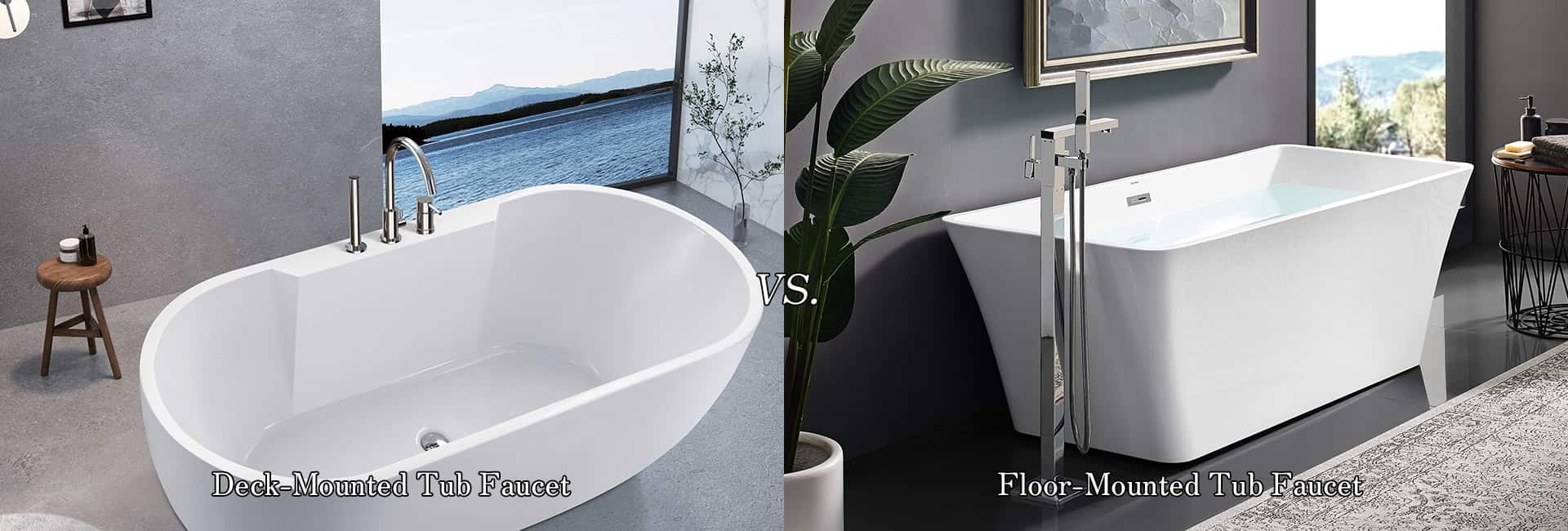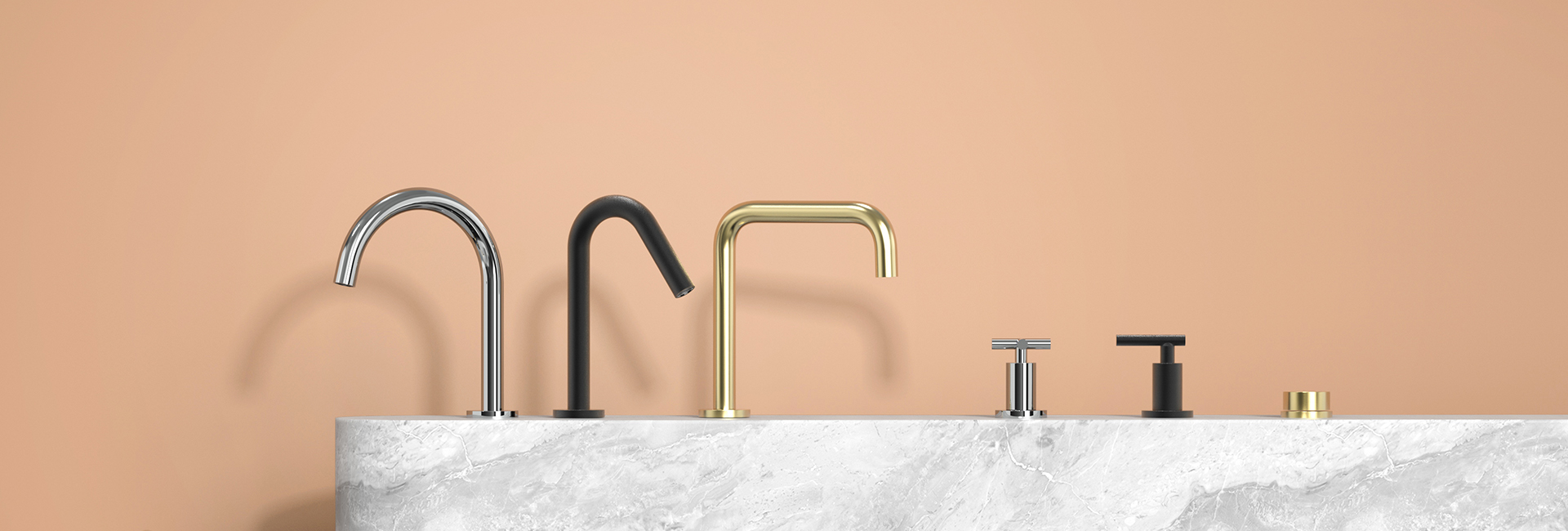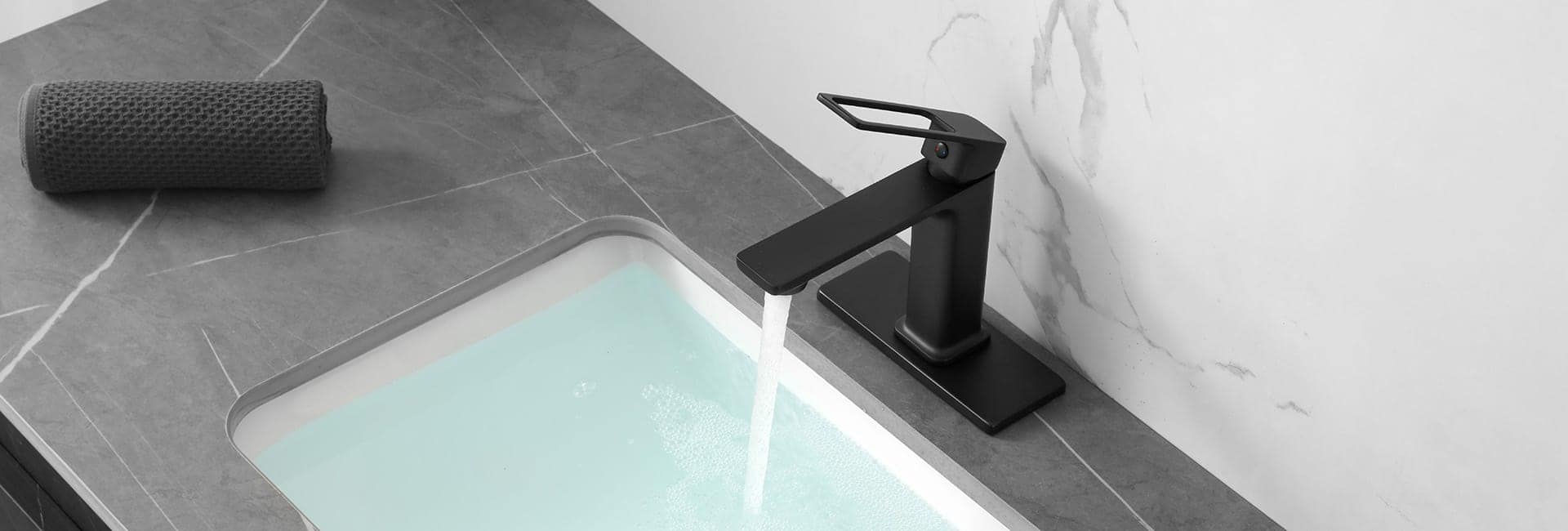The stainless steel kitchen sink is the unsung hero of your home. Every day, it tackles everything from soaking tough pans to rinsing fresh produce. Though easy to overlook, even the most durable sink has a lifespan.
A well-made stainless steel sink typically lasts 15–30 years, but with premium materials and proper care, it can serve you for 30–50 years or more.
Lower-quality sinks, however, may last only 5–10 years. In the end, the stainless steel sink lifespan depends on both the quality you choose and how consistently you maintain it.
Diagnosis: 10 Critical Signs It’s Time to Replace Your Sink
If you’re reading this, you probably suspect your trusty sink is calling it quits. We can break down exactly how to tell when it’s time to upgrade:
Structural Failure Indicators (Immediate Replacement Necessary)
These signs mean your sink is failing structurally, and ignoring them could lead to water damage in your cabinets.
- Persistent Rust Stains: Stainless steel resists rust but isn’t invincible. If rust keeps returning after cleaning, the protective layer is damaged, allowing corrosion and possible perforation.
- Leaks from the Basin: If water pools under the cabinet and the leak comes from the basin (not plumbing), corrosion or structural failure is likely. Patching won’t last—replacement prevents further damage and mold.
- Cracks or Severe Dents: Deep dents or cracks weaken the sink and compromise its seal. Cracks near the drain trap dirt and moisture, encouraging bacteria growth.
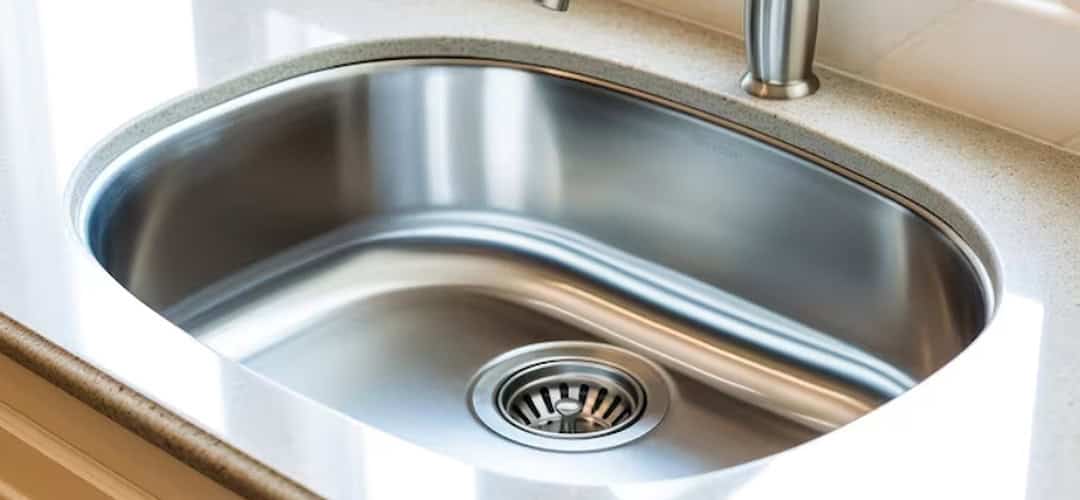
Aesthetic and Functional Obsolescence (Upgrade Highly Recommended)
These signs mean your sink is no longer serving its purpose efficiently or aesthetically.
- No Longer Functional: If your sink feels too small or awkward for daily use, it’s no longer meeting your needs and becomes a daily hassle.
- Stubborn Discoloration: When dullness or stains won’t fade despite cleaning, your sink is past its prime—a new one instantly refreshes your kitchen.
- Drainage Issues: Standing water signals warping or poor alignment. It’s not just annoying—it breeds odors and bacteria.
- Too Noisy: If your sink echoes like a concert, it lacks soundproofing. Modern sinks feature padding for a quieter kitchen.
- Worn Fixtures: Faucets or drains that corrode or fail faster than the basin mean it’s time to replace the whole setup.
- Outdated Look: An old sink can clash with your kitchen’s style. A modern design instantly upgrades the space.
- Persistent Odors: Lingering smells often indicate hidden bacteria or mold in tiny cracks—time for a replacement.
The Buying Guide: Investment-Grade Sinks (The Quality Checklist)
If you’re ready to upgrade, knowing the right technical specifications is key to buying a sink that truly lasts 30 years—not just 10. You need a sink where longevity has been “engineered in” from the start.
Non-Negotiable Material Quality (Grade)
The material grade determines its resistance to the elements.
- The Gold Standard: 304 Grade: Choose 304 stainless steel, also known as 18/8 (18% chromium, 8% nickel). Chromium protects the surface, while nickel boosts resistance to kitchen acids and salts—making it the best choice for lasting quality.
- The Warning: Avoid Lower Grades: Steer clear of 200-series or 430-grade steel. With less nickel, they resist corrosion poorly and often rust or pit within months, lasting only 5–10 years.
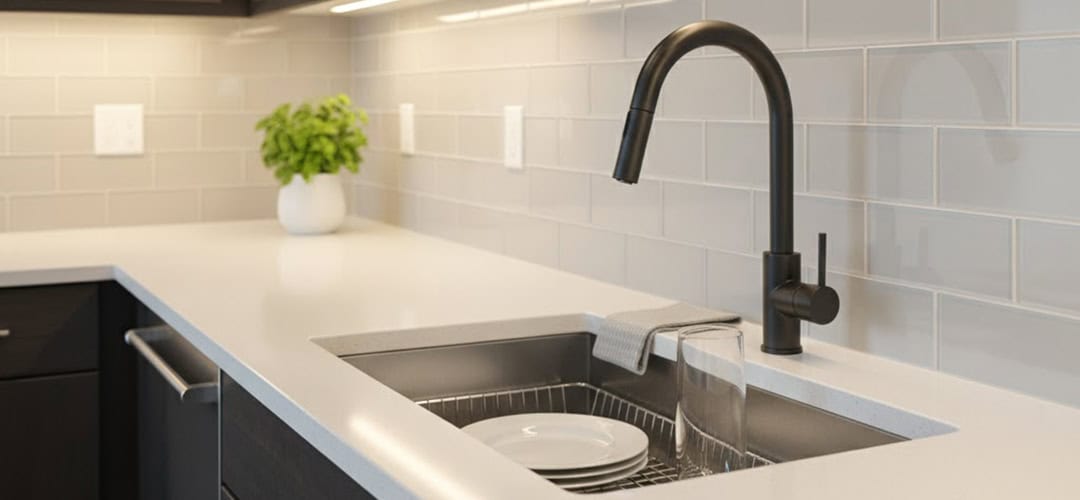
Understanding Gauge (Thickness)
Gauge is the measurement of the steel sheet’s thickness. This is the secret to dent resistance and quiet operation.
- The Rule: Lower gauge means thicker, stronger, and more durable steel.
- Recommendation: Choose 16- or 18-gauge for residential sinks. 16-gauge offers top dent resistance, while 18-gauge balances strength and cost.
- Avoid: 20-gauge or higher sinks dent easily, amplify noise, and thin out during manufacturing—making thickness essential.
Acoustic and Design Features
- Sound Dampening: Look for sinks with large, thick sound-dampening pads and a full spray-on insulation undercoating. These features work together to absorb vibration and keep your kitchen quiet.
- Finish and Function: A brushed or satin finish is typically recommended over a mirror polish because the subtle texture helps camouflage the minor scratches and water spots that happen over time.
The Longevity Protocol: Maximizing Lifespan with Maintenance
Even the best 304-grade sink can fail prematurely without the right care. These are the non-negotiable best practices for preserving the steel’s protective layer.
The Golden Rule of Daily Care
- Rinse and Wipe Dry Daily: The single most effective action you can take is to rinse the sink thoroughly after each use and wipe it completely dry with a soft, absorbent cloth. This removes food particles and, crucially, prevents hard water minerals (limescale) and water spots from building up, which can accelerate corrosion.
- Clean with the Grain: When scrubbing, always work in the direction of the steel’s finish lines or “grain” to prevent microscopic cross-hatching scratches.
The Forbidden List (Chemicals and Tools)
Using the wrong items can cause immediate, irreversible damage.
- Ban Abrasive Tools: Never use steel wool, wire brushes, or harsh scouring pads. These scratch the surface and leave behind tiny iron particles that will rust when wet, creating stubborn orange spots that look like the sink is rusting.
- Avoid Chlorides: Never use cleaning products containing chlorine bleach (sodium hypochlorite), hydrochloric acid, or other strong chlorides. These chemicals chemically attack and break down the protective chromium oxide layer.
- Avoid Prolonged Contact: Don’t leave metal cookware (especially cast iron or carbon steel), wet sponges, or rubber mats sitting in the sink for long periods, as they trap moisture against the surface, leading to rust transfer or discoloration.
Environmental Check
Be mindful of passive threats to your sink:
- Hard Water: If you have hard water, the formation of limescale deposits is inevitable. Diligent daily drying is necessary to keep the luster. You can use vinegar or lemon juice to help dissolve existing limescale.
- Humidity: High humidity and poor air circulation slow evaporation, meaning water sits on the surface longer, increasing the risk of corrosion.
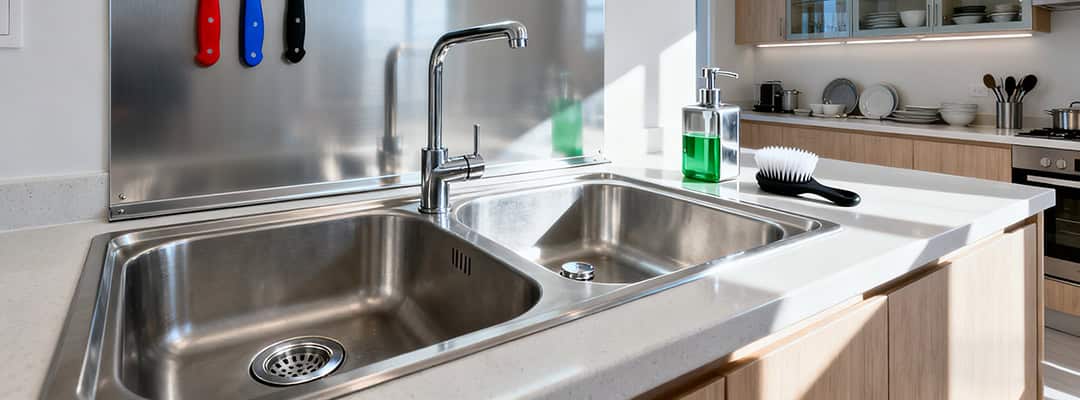
Stainless Steel vs. The Alternatives
So, why stick with stainless steel when materials like composite and fireclay are available? It comes down to a crucial trade-off: denting versus cracking.
| Material | Key Durability Profile | Lifespan Potential |
|---|---|---|
| Stainless Steel | Ductile: Dents from impact, but cannot chip or structurally crack. Hygienic and lightweight. | 15–30+ years |
| Granite Composite | Brittle: Highly scratch-resistant, but risks chipping or cracking under heavy impact. | 40–50 years |
| Enameled Cast Iron | Vulnerable Surface: Extremely durable core, but the enamel can chip, exposing rust-prone iron beneath. | 25+ years |
| Fireclay | Hardest: Highly resistant to scratches/stains, but can crack from severe impact. | Can last a lifetime |
Stainless steel remains a top choice because it is durable, forgiving on dropped dishes, generally hygienic, affordable, and 100% recyclable.
A Checklist for Selecting a Sink Built to Last
To ensure the selection of a sink with the potential for a multi-decade service life, buyers should adhere to the following checklist of quality indicators:
- Grade: Ensure the sink is made from 304-grade (18/8) stainless steel—the key to lasting corrosion resistance.
- Gauge: Choose 16- or 18-gauge for strength and durability. Avoid 20-gauge or higher, as thinner steel dents easily. For heavy use, 16-gauge is best.
- Finish: Pick a brushed or satin finish. Mirror finishes look nice but show scratches and water spots, while brushed finishes hide them better.
- Sound-Dampening: Check for thick rubber or silicone pads and a full soundproof coating underneath—they ensure quieter use and signal quality.
- Corner Radius: Zero-radius corners look sleek but are harder to clean. Slightly rounded corners (like R10) balance easy cleaning with a modern look.
Conclusion
A stainless steel sink» can be a lifetime investment—but only with the right choice and consistent care.
Poor-quality sinks exposed to harsh chemicals may fail within a decade, showing dents, corrosion, and wear. In contrast, a premium 304-grade, 16-gauge sink—protected and well-maintained—can last 30 to 50 years, developing a graceful patina instead of damage.
Durable, hygienic, recyclable, and timeless, stainless steel sinks remain a smart choice. The stainless steel sink lifespan depends not on luck but on quality and upkeep—making them one of the most reliable and lasting features in any modern kitchen.
At Luxuryhome», our sinks are made from high-grade 304 stainless steel, offering exceptional corrosion resistance and long-term durability—ensuring consistent quality and reliability for your business projects and clients.
FAQs
About Luxuryhome
Luxuryhome is not just a faucet manufacturer or wholesaler, but more like a partner who can provide you with more added value.
We are united in our determination to produce China-made bath and kitchen fixtures adhering to the highest ethical principles. You have our promise!
More post you may interested in
